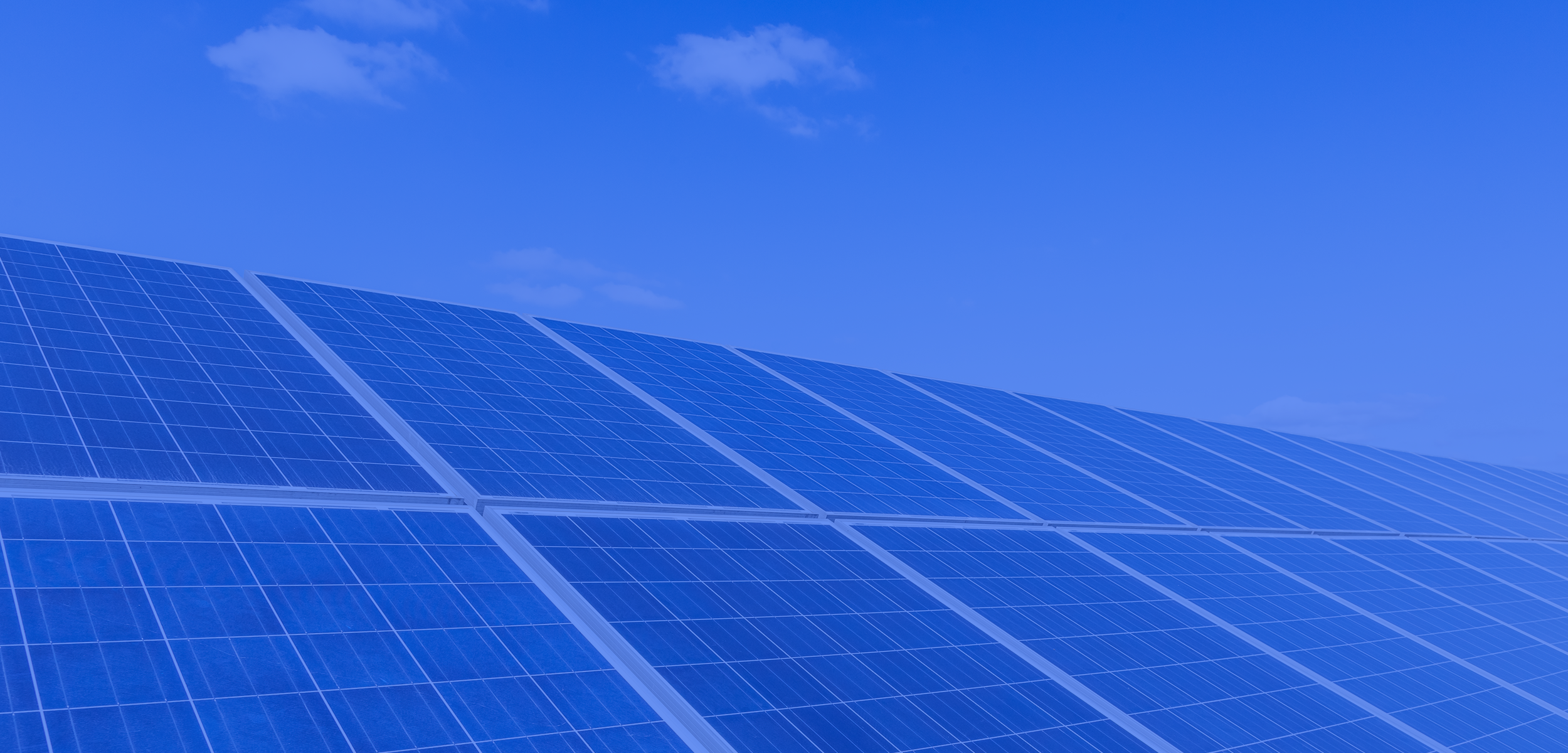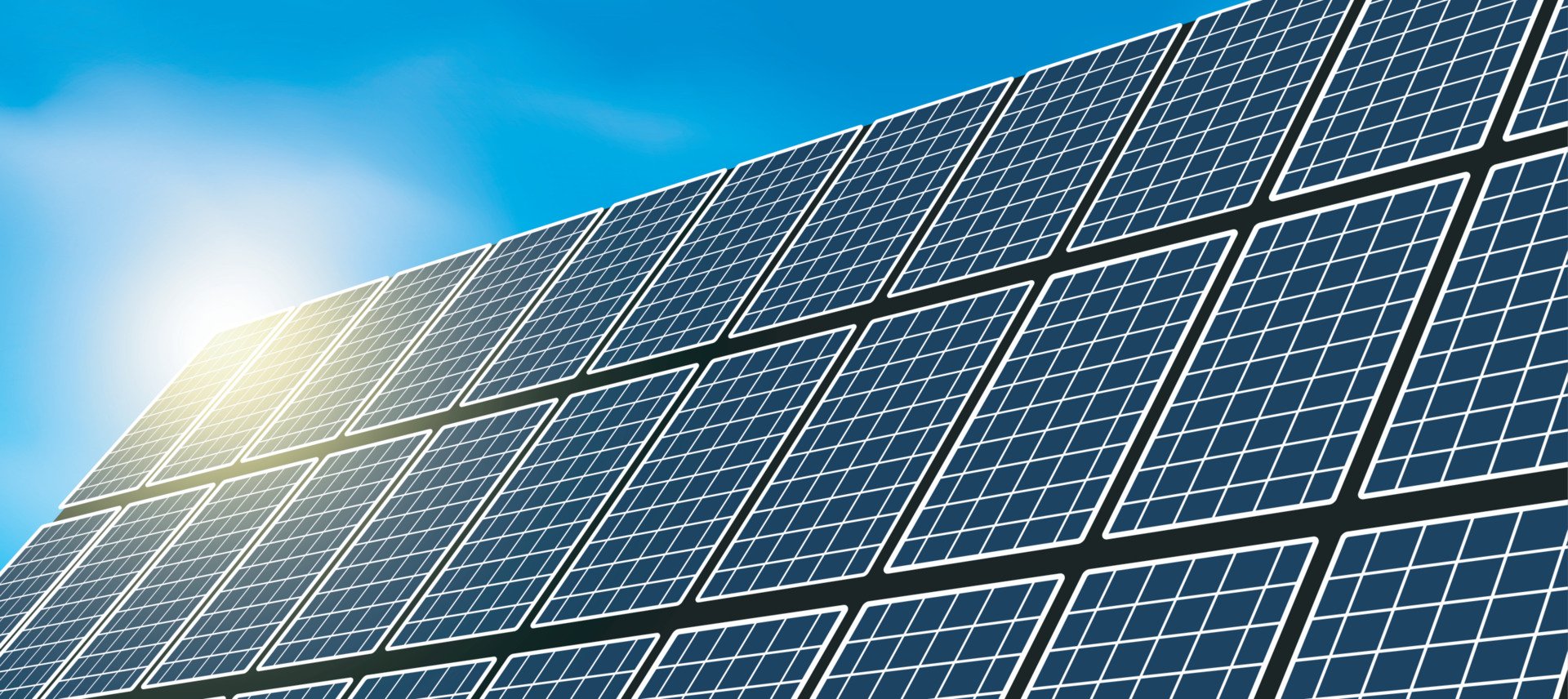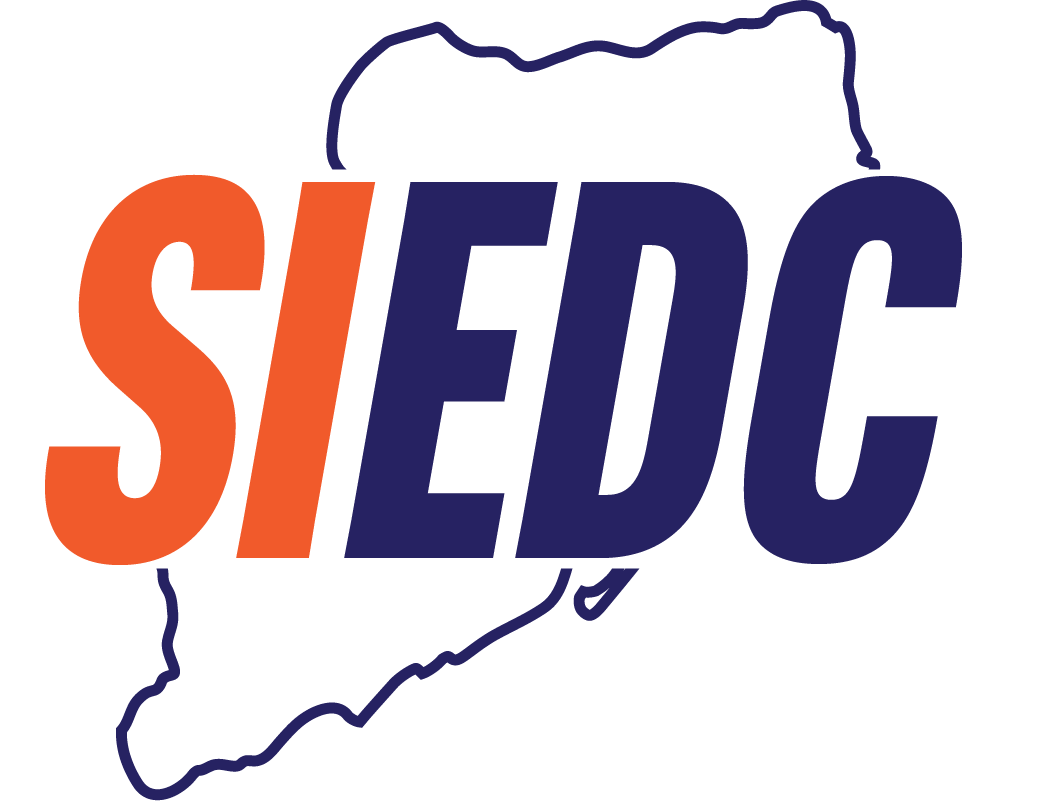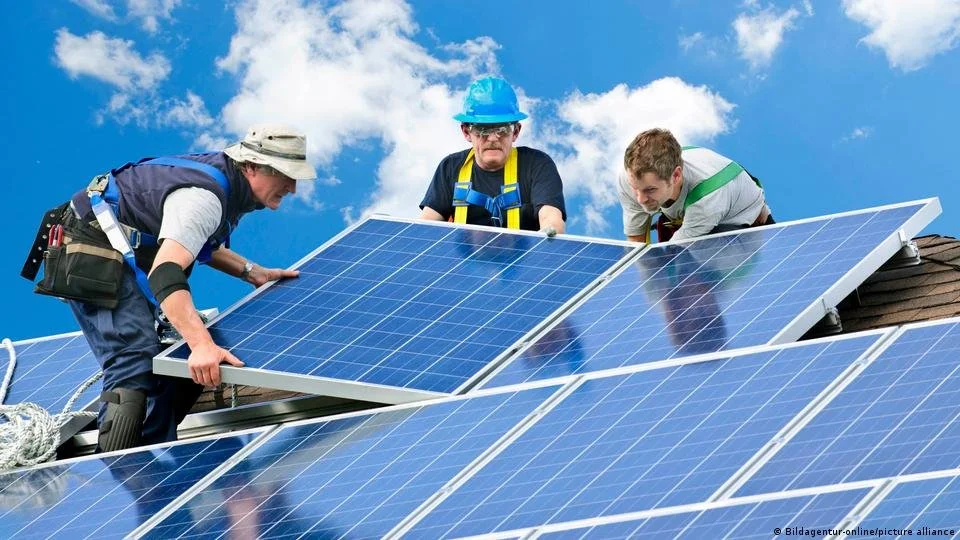
Solar Initiatives
For firms looking to expand or relocate to Staten Island, the borough has a lot to offer, especially when it comes to renewable energy sources. Solar power is in Staten Island’s future, making the borough the place to be when it comes to going green for local businesses and residents.
The Time to Invest in Solar is Now
Your business may have the rooftop space to host a community solar project which provides considerably lower energy costs and yields energy credits from the power you produce and return back to the electricity grid, helping the community overall. This also includes mitigating or eliminating fines and penalties that properties will be incurring as new energy compliance measures take effect in 2025. Most organizations are eligible for tax credits and other grant monies that will support the costs of constructing solar panels on their property. The SIEDC is working with a Community Solar grant from the New York State Energy Research and Development Authority (NYSERDA) and two prominent energy consulting companies to help Staten Island properties navigate through the consultation and grant acquisition processes. Our team is available for a free consultation to review your property for its potential to serve as a community solar resource on Staten Island.
Community Solar
The strain on power grids across the nation grows year after year, as do challenges faced by economically disadvantaged communities. SIEDC, with funding assistance from NYSERDA, is addressing these challenges head-on through the development of a borough-wide solar master plan and public outreach initiative to provide solar opportunities to affordable housing developments and residents in low- to moderate-income areas.
Although solar adoption has grown in Staten Island, there has not been a concerted effort to encourage the business community to adopt solar at a large scale with a direct impact on low-income communities—until now.
SIEDC, along with Crauderueff & Associates and OYA Renewables, have created a partnership to plan and develop a community solar and battery storage initiative across the borough. The partnership will plan and implement borough-level community solar and battery storage installations specifically to support environmental justice in the disadvantaged neighborhoods on Staten Island and to encourage the transition to renewable energy for the borough.
The team is developing a community solar master plan for the borough to identify every viable site and recognize the opportunity for community solar to benefit property owners as well as low-income households across Staten Island.
The U.S. Department of Energy defines community solar as any solar project or purchasing program, within a geographic area, in which the benefits of a solar project flow to multiple customers such as individuals, businesses, nonprofits, and other groups. In most programs, customers benefit from energy generated by solar panels at an off-site array. Community solar customers can either buy or lease a portion of these solar panels and receive an electric bill credit for electricity generated by their portion of the community solar system. Community solar is an excellent option for people and/or businesses that are unable to install solar panels on their properties or inefficient solar coverage due to shading, roof area, or other architectural or geographic factors.
Creating community solar opportunities involves several steps:
1. Community solar involves solar panels being installed at various sites in the community.
2. The clean energy is then fed into the local energy grid. Individuals, local businesses, schools and others receive energy from panel arrays.
3. Residents continue to receive electricity from their utility but are credited on their electricity bill for the electricity generated by the community solar project.
This ensures that residents receive guaranteed 10% savings on their electricity bills. A business that hosts a community solar site can benefit from the 10% guaranteed energy savings it provides in addition to tax incentives from the State and Federal governments. Community solar applies to anyone with an electric bill. This includes renters, residents of multi-unit buildings, and businesses that lease their properties.
Community Solar Programs are Here!

Why Solar? Why Now?
Solar energy can provide strong returns for property owners on Staten Island. This is good news for businesses seeking to generate additional income, avoid penalties associated with new regulations, and reduce exposure to volatile and rapidly increasing electric costs. Staten Islanders experience a high overall energy burden. According to a report from the NYC Mayor’s Office, New York City has among the highest energy rates in the country (sum of electricity, natural gas and fuel oil expenses). Despite the city’s target of residents paying only 6% of their income to energy bills, nearly 20% of NYC residents pay more than that target. Staten Island has significant potential for solar energy. After adjusting for existing solar projects, our analysis found that Staten Island possesses the rooftop capacity of 178 MW of solar on. That is enough to power the consumption of 22,646 low and middle income households, generating nearly $26 million in savings through community solar bill credits.
If You’re interested in hosting a solar site, contact us now.
Ground Solar
While the Island has more developable waterfront and industrial land than any other borough and is well suited for logistics, manufacturing, and maritime support services, many sites have not had adequate investment in public infrastructure, including electricity. But that’s starting to change as the SIEDC and other organizations recognize the importance of creating more energy projects to support the needs of large-scale developments around the borough.
SIEDC and solar experts at Greener By Design, an environmental asset management firm, recently secured funding through New York State’s Consolidated Funding Application program. Through the grant, the organizations will undertake the Ground Solar initiative geared at expanding and reinforcing existing infrastructure to support this growth and add new capacity and redundancies.
Adam Zellner, president of Greener by Design, acknowledges that Staten Island has its own challenges with transportation, bridges and traffic, but explains that there are a lot of benefits to living, working and doing business on the island.

“Staten Island has a lot of talented people, a great workforce, and it’s part of the economy of New York,” Zellner said. “It’s got a whole bunch of great things going for it. When you look at businesses and folks who are out there, Staten Island is at a really cool moment because it’s leading the way in a lot of things that are energy related.”
— Adam Zellner, Greener by Design
Getting back to the grant, Zellner says it’s helping to do the legwork for companies who are considering solar power.
“The grant takes a lot of opportunities and ripens it for smaller or middle-sized businesses that wouldn’t have an opportunity to take advantage of the program simply because they don’t have enough time to ripen the concepts,” he said.
SIEDC and Greener by Design are analyzing locations where solar arrays can be installed on private property and ultimately connected to the energy grid. This work also serves as part of an expansion of the group’s 2020 borough-wide master plan which made two specific recommendations related to energy and economic development: Attract and support growing industries such as renewable energy by developing a strategy for suitable investment in clean technologies. Revisit capacity and resiliency to enable growth and development while reducing environmental impacts including assessing current and additional demand on the electric grid and ways to increase output and efficiency.
Solar can be very cost effective and good for the environment, but there are other benefits to this renewable energy source, too.
“It’s also good for businesses because in today’s world, they won’t have to ‘go green’ because of the executive order former Mayor de Blasio put in place before he left office requiring businesses to either put in solar or other energy efficiencies—there’s a series of things—so they become compliant, which is incredibly important,” Zellner said.
The Ground Solar initiative has assessed multiple potential sites in terms of access, development potential and infrastructure, viability and financing. Developing independent/privately owned solar generating sites will help improve the ability to accommodate current demand; increase efficacy/resiliency of infrastructure systems, and prioritize implementation of sustainable/resilient infrastructure design to improve reliability.



